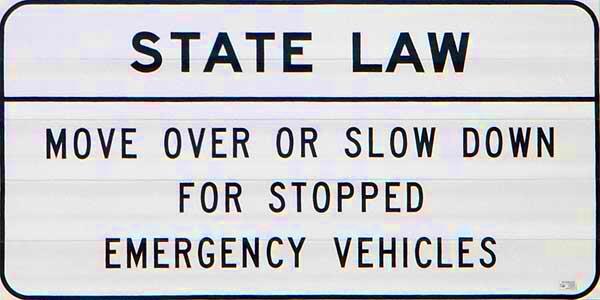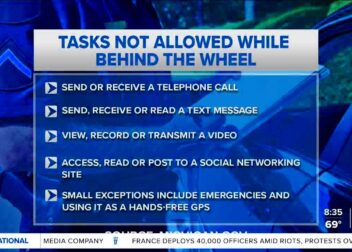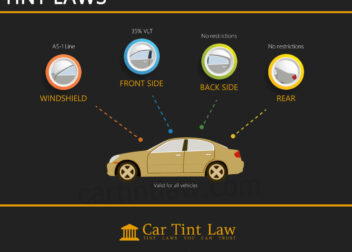Understanding the Move Over Law in Maryland and Its Importance
The Move Over Law in Maryland is designed to protect emergency responders and keep our roads safer. When you see flashing lights on the side of the road, it’s not just a suggestion to slow down; it’s a requirement. Understanding this law can save lives, including your own.
Overview of the Move Over Law
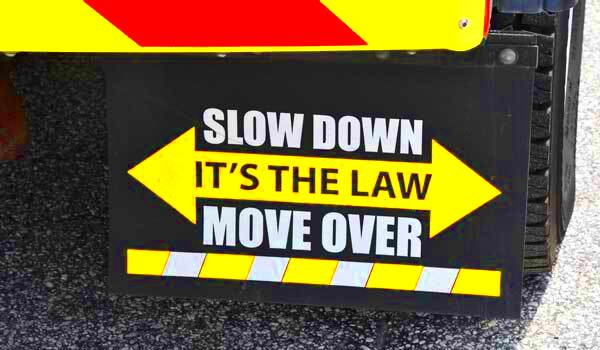
The Move Over Law, established in Maryland, mandates that drivers must move over a lane when they encounter emergency vehicles on the roadside, including:
- Police cars
- Ambulances
- Fire trucks
- Tow trucks
- Any vehicle displaying emergency lights
If a driver cannot safely change lanes, they must slow down significantly to ensure the safety of those working on the roadside. This law aims to reduce accidents and fatalities among emergency responders who are often exposed to oncoming traffic while performing their duties.
Who Does the Move Over Law Protect
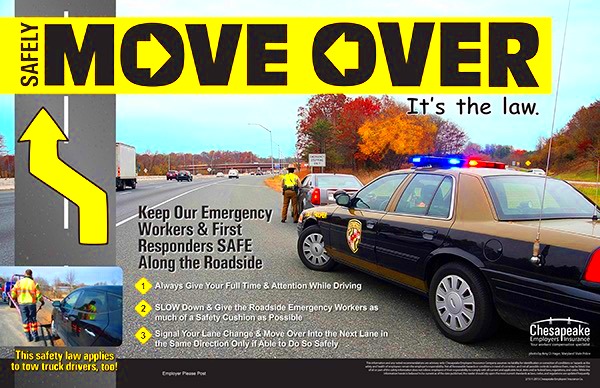
The Move Over Law primarily protects emergency responders, but it extends to a variety of individuals working on or near the road. This includes:
- Police Officers: These officers are often the first on the scene of an accident and are at risk when directing traffic.
- Paramedics and EMTs: Responding to emergencies, these professionals need space to work without the danger of oncoming vehicles.
- Firefighters: They frequently work in hazardous conditions, often in close proximity to busy roads.
- Tow Truck Operators: They assist drivers in need, and the risk of injury is significant when working beside traffic.
- Road Maintenance Workers: Individuals performing maintenance or construction tasks on the road also benefit from this law.
By following the Move Over Law, drivers contribute to a safer environment for everyone who works on or near our highways. Remember, moving over is not just a legal obligation; it’s a moral responsibility.
Penalties for Violating the Move Over Law
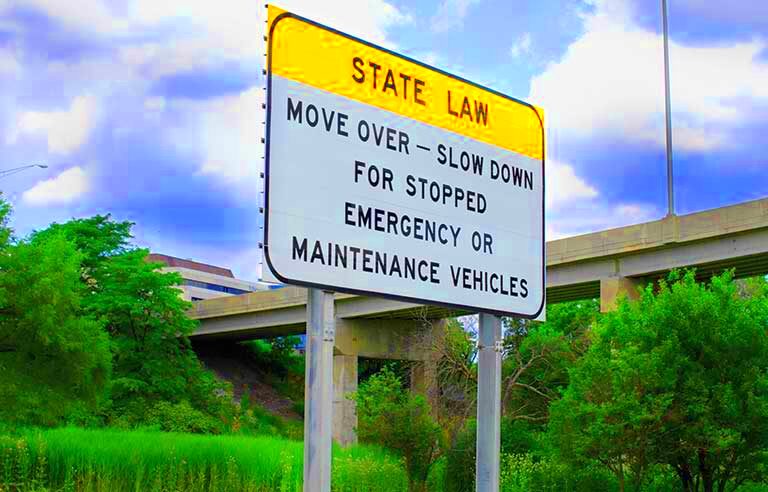
Violating the Move Over Law in Maryland comes with serious consequences. It’s not just a friendly reminder to be careful; failing to obey this law can lead to significant penalties. Here’s a breakdown of what you might face:
- Fines: First-time offenders can expect a fine ranging from $110 to $150. Subsequent violations may result in even higher fines.
- Points on Your License: A violation of the Move Over Law can also lead to points being added to your driving record. Accumulating too many points can increase your insurance rates and potentially lead to license suspension.
- Increased Insurance Premiums: After a violation, insurance companies may view you as a higher risk, which could lead to increased premiums.
- Legal Consequences: In some cases, a violation may lead to more severe legal repercussions, especially if it results in injury or death.
Overall, these penalties serve as a strong reminder to drivers about the importance of respecting emergency personnel and the law. It’s a small effort to move over, but it can save lives.
Importance of the Move Over Law for Road Safety
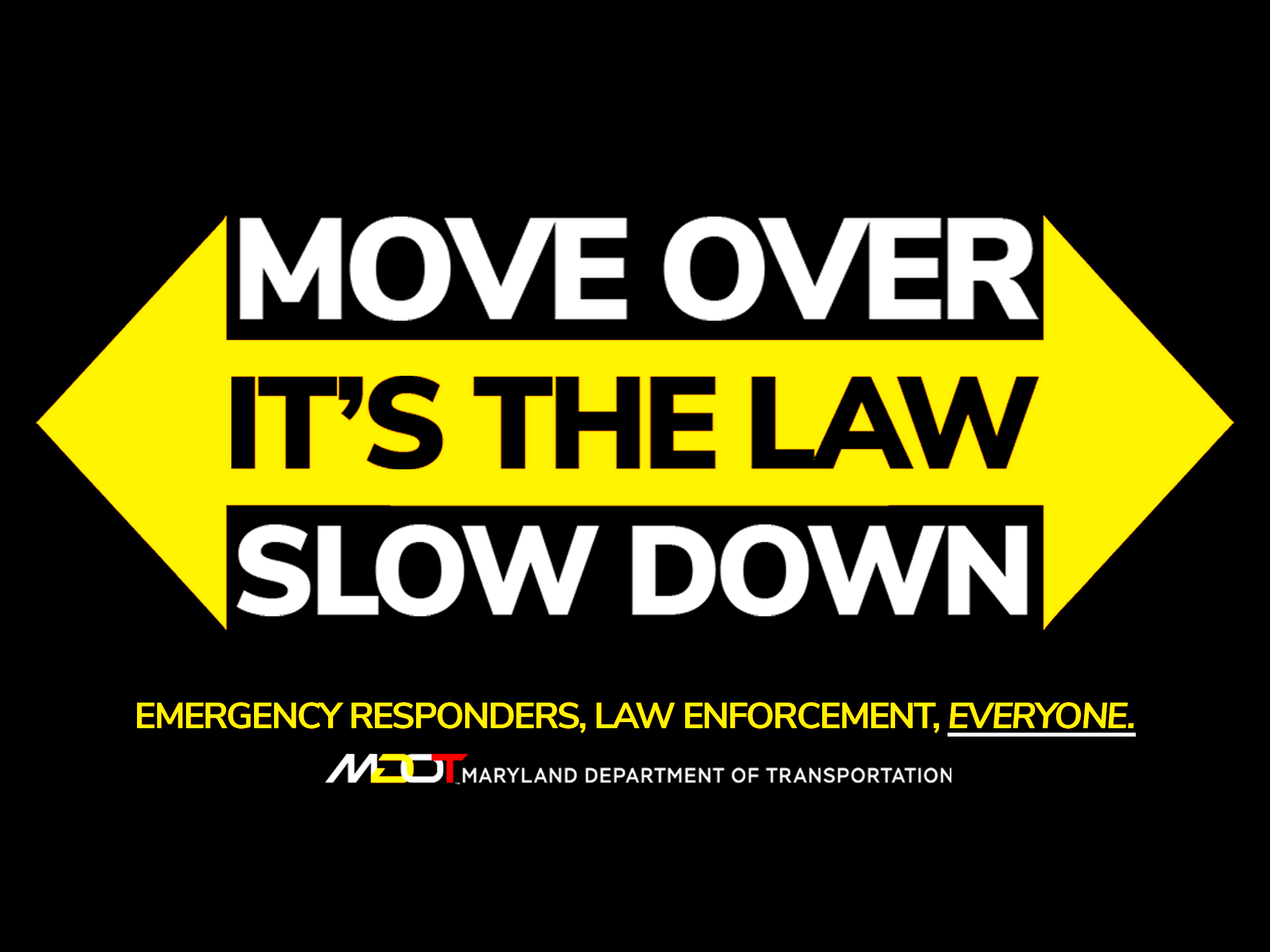
The Move Over Law is crucial for maintaining safety on our roads. Here are some key reasons why this law matters:
- Protects Lives: The primary goal of the Move Over Law is to protect the lives of emergency responders. By moving over, drivers create a safer working environment for these heroes.
- Reduces Accidents: When drivers adhere to this law, the risk of accidents decreases significantly. This creates a safer atmosphere not just for emergency workers but for all road users.
- Promotes Awareness: The law encourages drivers to be more aware of their surroundings. It reminds everyone to pay attention to the road and to the vehicles nearby.
- Enhances Public Safety: A community that follows the Move Over Law contributes to overall public safety, leading to fewer emergencies and safer roads.
Ultimately, adhering to the Move Over Law is a simple yet effective way to contribute to a culture of safety and respect on the road.
How to Safely Respond to Emergency Vehicles
Knowing how to respond to emergency vehicles is essential for every driver. Here’s a step-by-step guide to ensure safety for both yourself and the responders:
- Stay Calm: If you hear sirens or see flashing lights, take a deep breath and stay composed. Panic can lead to poor decisions.
- Assess Your Surroundings: Check your mirrors and look for a clear lane where you can safely move over.
- Signal Your Intent: Always use your turn signal to indicate your intention to change lanes. This helps other drivers understand your movements.
- Move Over: If it’s safe, change lanes away from the emergency vehicle. If you can’t move over, slow down to a safe speed and be prepared to stop.
- Keep an Eye on the Road: After you’ve moved over, continue to monitor the road for any other emergency vehicles or obstacles.
By following these simple steps, you can help ensure the safety of emergency responders while protecting yourself and others on the road. Remember, your actions matter!
Common Misconceptions about the Move Over Law
There are several misconceptions about the Move Over Law that can lead to confusion among drivers. Let’s clear up some of the most common myths:
- Myth 1: The Move Over Law only applies to police vehicles. This is incorrect. The law protects all emergency vehicles, including fire trucks, ambulances, and tow trucks.
- Myth 2: You can ignore the law if you’re in a hurry. Many people believe that their time is more important than the safety of others. However, moving over is a legal requirement, and ignoring it can result in fines and penalties.
- Myth 3: It’s okay to slow down but not move over. While slowing down is essential, the law specifically requires drivers to move over if it’s safe to do so. Failing to do so can still put emergency responders at risk.
- Myth 4: The law doesn’t apply to stationary vehicles. Some people think the Move Over Law only applies when emergency vehicles are in motion. However, it applies regardless of whether they are stationary or moving.
By understanding the facts about the Move Over Law, drivers can better comply and contribute to road safety. Being informed can truly make a difference in saving lives.
FAQ about the Move Over Law in Maryland
If you have questions about the Move Over Law, you’re not alone. Here are some frequently asked questions to help you understand it better:
- Q: What should I do if I can’t move over?
A: If it’s not safe to change lanes, slow down to a reasonable speed and proceed cautiously past the emergency vehicle. - Q: Are there exceptions to the Move Over Law?
A: The law applies to all drivers, with no exceptions for personal circumstances. Everyone must follow it. - Q: How can I report a violation of the Move Over Law?
A: You can report violations to local law enforcement. Providing as much detail as possible will help them address the issue. - Q: Does the law apply to all types of emergency vehicles?
A: Yes, the law covers police cars, fire trucks, ambulances, and tow trucks, among others.
Staying informed about these common questions can help you navigate the law and promote safety on the roads.
Conclusion on the Significance of the Move Over Law
The Move Over Law is more than just a set of rules; it’s a vital component of road safety. By understanding and adhering to this law, drivers play a crucial role in protecting emergency responders and ensuring a safer environment for everyone. Here’s a recap of why it matters:
- Protection of Lives: The law is in place to protect those who risk their lives to help others.
- Reduction of Accidents: Following the law can significantly decrease the number of roadside accidents.
- Awareness and Responsibility: It encourages drivers to be more attentive and responsible on the road.
In essence, the Move Over Law is a simple yet effective measure to enhance road safety. As drivers, we all have the responsibility to keep our roads safe and show respect for those who serve us. So, next time you see those flashing lights, remember to move over and slow down. It could save a life.
